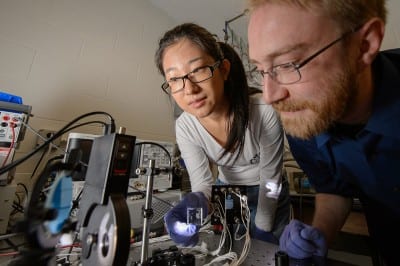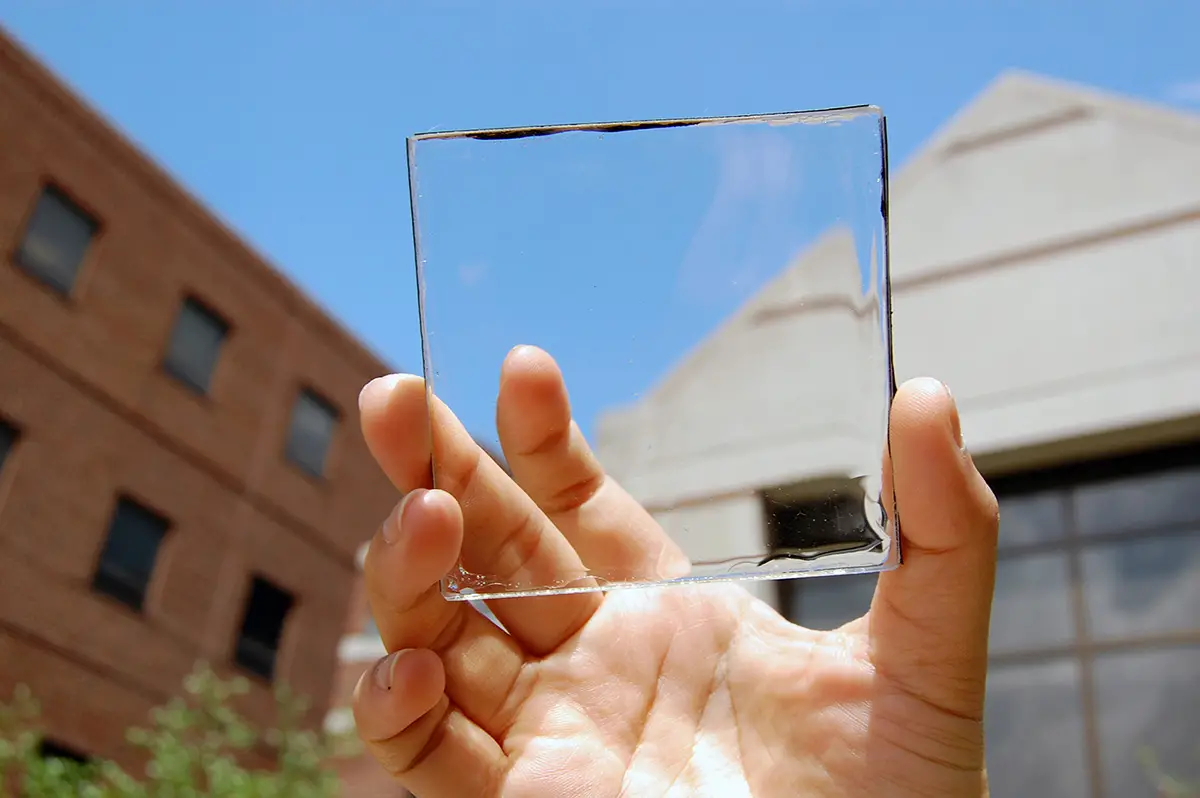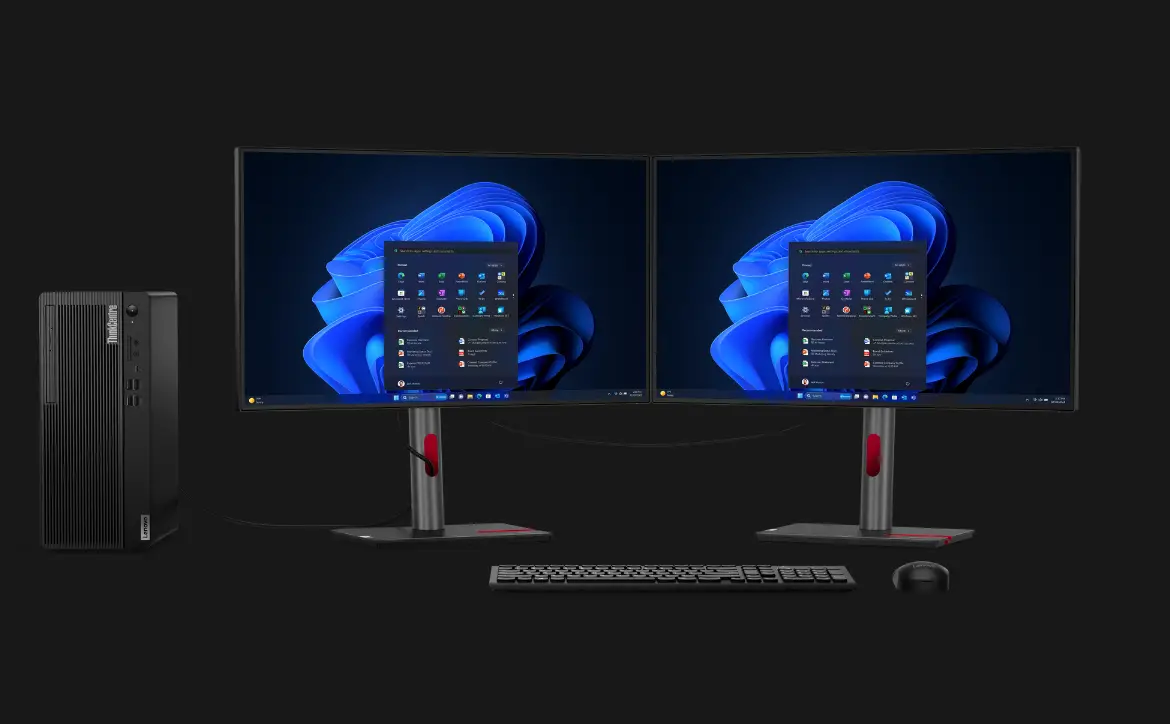Researchers at Michigan State University have come up with a transparent luminescent solar concentrator (LSC) that can create nearly invisible solar panels when applied to a clear surface.

Richard Lunt, of MSU’s College of Engineering, Yimu Zhao, an MSU doctoral student in chemical engineering and materials science, Benjamin Levine, assistant professor of chemistry, and Garrett Meek, doctoral student in chemistry worked together on the research. In the past, this type of research has resulted in inefficient energy production and consisted of the use of highly colored materials.
“No one wants to sit behind colored glass,” said Lunt, an assistant professor of chemical engineering and materials science. “It makes for a very colorful environment, like working in a disco. We take an approach where we actually make the luminescent active layer itself transparent.”
The technology consists of a solar harvesting system which utilizes small organic molecules to absorb non-visible wavelengths of sunlight.
“We can tune these materials to pick up just the ultraviolet and the near infrared wavelengths that then ‘glow’ at another wavelength in the infrared. Because the materials do not absorb or emit light in the visible spectrum, they look exceptionally transparent to the human eye,” Lunt said.
While Lunt and his team of researchers have succeeded in creating a transparent LSC, it is still inefficient and is only able to produce a solar conversion efficiency around 1 percent – the goal is to reach 5 percent efficiency. Currently, around 7 percent is the best efficiency researches have been able to get out of colored LSC.
Because the LSC being worked on at MSU is transparent, the range of applications are almost limitless as it could be applied to almost anything including buildings, cell phones, and any other device with a clear surface.
“It opens a lot of area to deploy solar energy in a non-intrusive way,” Lunt said. “It can be used on tall buildings with lots of windows or any kind of mobile device that demands high aesthetic quality like a phone or e-reader. Ultimately we want to make solar harvesting surfaces that you do not even know are there.”
If this research and technology takes off, depending on cost of course, just imagine the possibilities for renewable solar energy. For all the scientific details, you can read the abstract and access the research at the Wiley Online Library. Let us know what you think about this latest technological advancement in the comments below, or on Google+, Facebook, or Twitter.
[button link=”http://msutoday.msu.edu/news/2014/solar-energy-that-doesnt-block-the-view/” icon=”fa-external-link” side=”left” target=”blank” color=”285b5e” textcolor=”ffffff”]Source: Michigan State University[/button]Featured image courtesy Yimu Zhao/MSU.
Last Updated on November 27, 2018.











Comments are closed.